
Human Factors, Laser Strikes, News, Safety Management
Safety News
A new rule from the FAA will require safety management systems at about 200 U.S.…
Viewing 11 - 20 of 74 results

Human Factors, Laser Strikes, News, Safety Management
A new rule from the FAA will require safety management systems at about 200 U.S.…
by FSF Editorial Staff
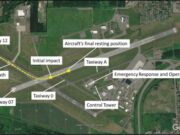
Accident Investigation, Human Factors, News
The pilot had conducted similar steep climbing turns after takeoffs in the past, the TSB…
by Linda Werfelman
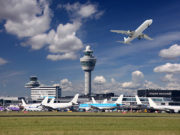
ATC/ATM, COVID-19, Human Factors, News
ICAO foresees a strong recovery in worldwide air travel.
by FSF Editorial Staff

Simple rest schemes are helping pilots on long flights sleep longer and better, researchers say.
by Linda Werfelman

Aviation Medicine, Human Factors, News
A substantial number of pilots and controllers say they have withheld information about medical problems,…
by Linda Werfelman

Accident/Incident Investigation, Human Factors, News
While focused on aircraft performance, the Q400 crew forgot to retract the landing gear, the…
by Linda Werfelman
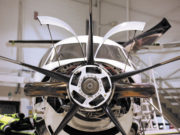
Human Factors, Maintenance Matters, News
Organizational factors, not an individual mechanic’s actions, are typically to blame for departures from standard…
by Linda Werfelman
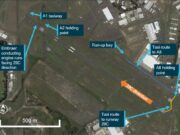
Human Factors, News, Runway Safety
A veteran pilot accustomed to flying IFR expected to be directed to the usual runway…
by Linda Werfelman
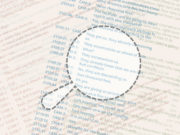
Poor language skills play an often-unrecognized role in aircraft accidents.
by Elizabeth Matthews
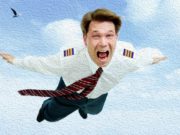
Fitness for Duty, Human Factors
Anxiety drove an A319 copilot from the cockpit during an approach to Glasgow; experts say…
by Linda Werfelman
